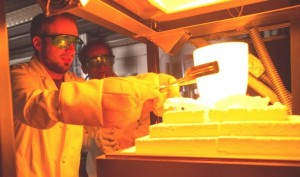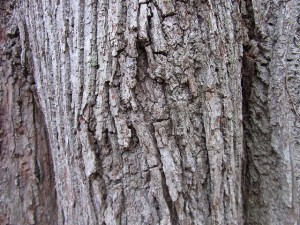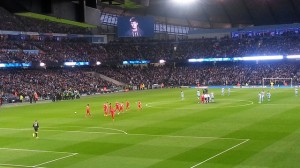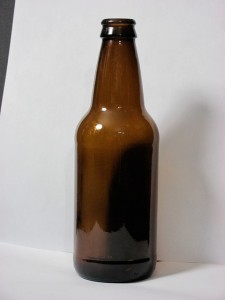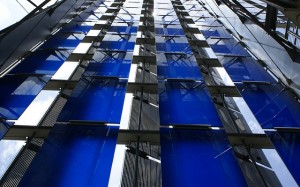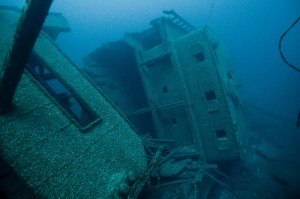Electrical current has implications for glass
Glass can be precisely shaped at lower temperatures
By itself, this has implications for glass fabrication. By reducing the melting point of glass, less energy is required during the heating or reheating stage of glass production or glass recycling. Since glass is usually processed at extremely high temperatures, the notion of reducing energy is welcome.
Beyond reducing the melting temperature of glass, the researchers – working with another research team at the University of Marburg in Germany – discovered that heated glass can be precisely melted at specific points using direct electrical current. The discovery means that glass could be precisely shaped following molding and cooling.
The Marburg researchers had also been working with glass and electricity, and discovered that it was possible to leave an electrical charge on glass, which is normally electrically neutral. Charged glass potentially has some desirable optical and bioactive properties. The combined research team worked together to understand the exact mechanisms that describe their laboratory findings. The team’s findings will be published in the September 2016 issue of the Journal of Electrochemical Society.
With a more complete understanding of the mechanisms at work, the team can now focus on fine-tuning applications for their thermal and electric manipulations of glass in manufacturing.
In the meantime, if you’re looking for some decorative inspiration involving glass, please visit the rest of our site. Glassprimer™ glass paint is an exceptional, specially engineered paint product designed specifically for glass surfaces. If you’d like to purchase Glassprimer™ glass paint, please visit our online store .
Photo Credit: Lehigh University

